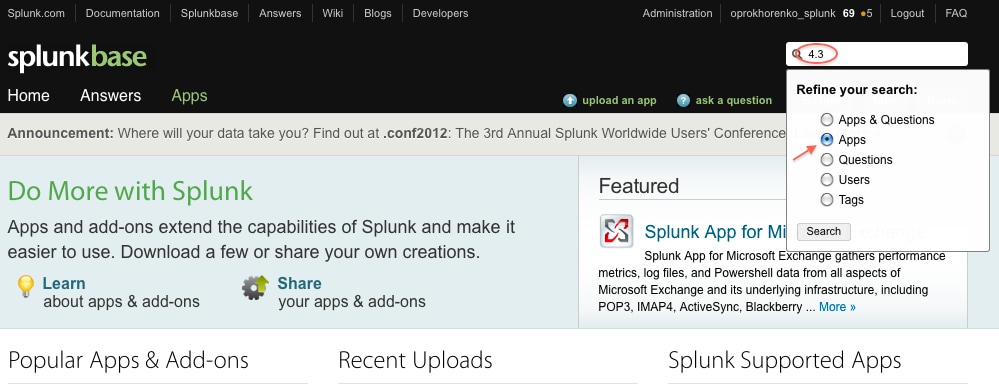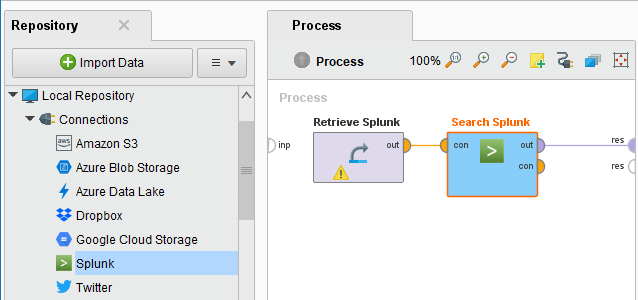
For any entries that match, the value of the group field in the lookup dataset is written to the field user_group in the search results. The values in the user field in the lookup dataset are mapped to the corresponding value of the field local_user in the search results. The dataset contains multiple fields, including user and group. There is a KV store lookup dataset called usertogroup. Lookup users and return the corresponding group the user belongs to | lookup addresses CustID AS cid OUTPUT CustAddress AS cAddress 3. Find the corresponding CustAddress value and use the address in the lookup dataset to replace the cAddress in the search results. Solved: Hi experts, I try to combine a normal search with a data model without the JOIN operator, because of the slow processing speed and the. It maps each value in the CustID field in the lookup dataset with the matching value in the cid field in the search results. This example replaces the data returned from the search results with data in the addresses lookup dataset. Replace data in your events with data from a lookup dataset Because there is no uid to match on, there are no changes to the search results for that event.Ģ.


The fourth event was missing the department and the uid. If the search results already have the username and department fields, the OUTPUTNEW argument only fills in missing values in those fields.īecause the third event was missing the department, the department name is added to the search results. A single identity can be used by many connections, so that service accounts can be easily shared across multiple systems. An identity, which consists of a username and password, defines the database user through which Splunk Enterprise connects to your database. The username and department fields from the users lookup dataset are appended to each search result. Identities After you set up Splunk DB Connect, you must create an identity. | lookup users uid OUTPUTNEW username, department When you run the following search, for search results that contains a uid field, the value in that field are matched with the uid field in the users lookup dataset. It’s an exploratory data analysis approach that allows you to quickly identify linkage, or hidden relationships, between the data points in labeled or unlabeled datasets, which can be either supervised or semi-supervised. The fourth event is missing the department and the uid. Clustering is a machine learning technique in which data points are grouped together around similar properties.

The third event is missing the department. But how would I do a dbquery to exclude the result. FROM Assets A JOIN AssetOSs AOS ON A.AssetOSID AOS.AssetOSID' append dbquery 'DB2' 'SELECT DB1A.IPAddressStr DB2M.User FROM DB1.Assets DB1A JOIN DB2.Machines DB2M ON DB1A.IPAddressStr DB2M.IP'. The users lookup dataset contains this data: DBX Join two database together and filter out the result. This example appends the data returned from your search results with the data in the users lookup dataset using the uid field. Put corresponding information from a lookup dataset into your events To learn more about the lookup command, see How the lookup command works.ġ. The following are examples for using the SPL2 lookup command.


 0 kommentar(er)
0 kommentar(er)
